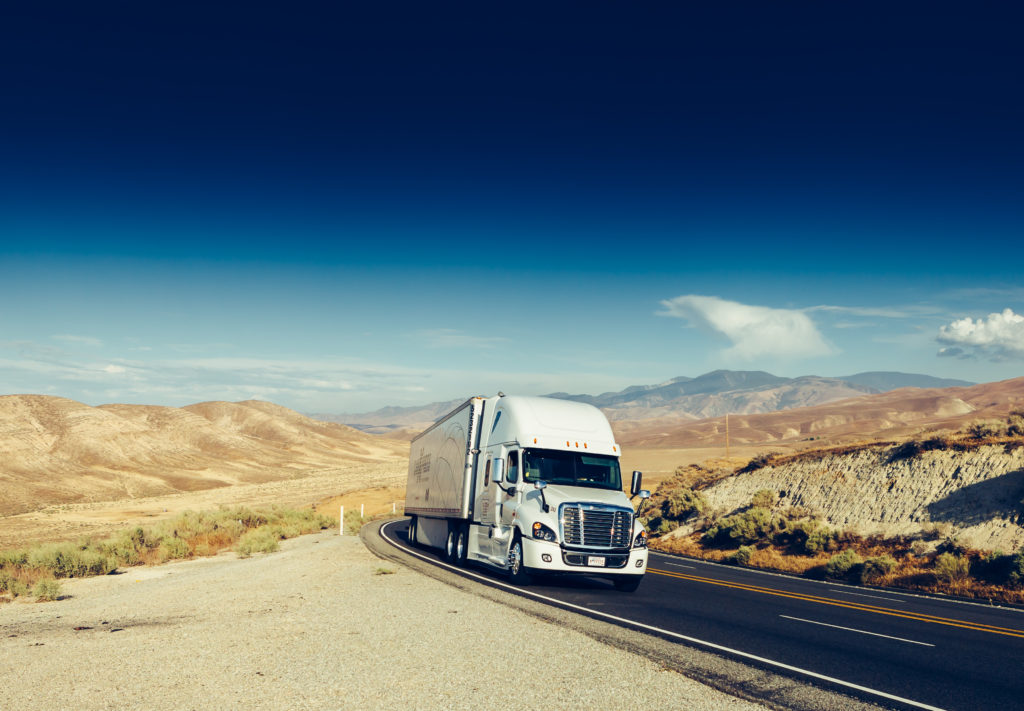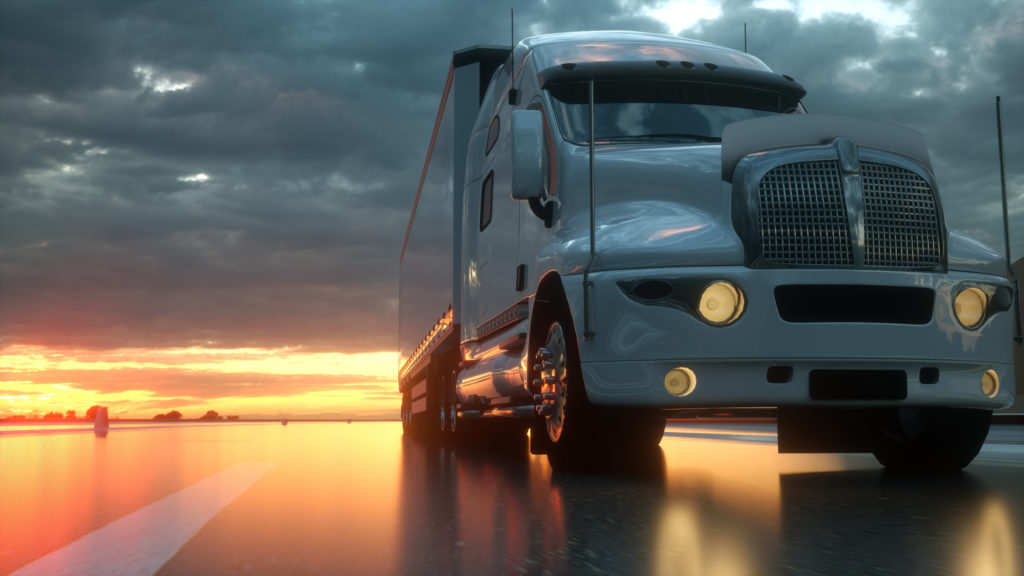
Volvo Trucks is working to help fight COVID-19 by using its 3D printing capabilities–made for producing truck parts–to create personal protective equipment.
“We contacted LewisGale [Hospital] three or four weeks ago at the beginning of this and asked them if there was anything they would anticipate needing in the future if things get too sour in our area,” said Franky Marchand, Volvo Truck Plant Manager and VP. “First, they said everything was good, but after further consideration, asked us if we could make some face shields.”
Cone Health, a healthcare provider network with over 100 locations, asked Volvo if it would be able to help procure PPE for its workers to be prepared for the pandemic’s peak within its hospitals.
Originally, Marchand began searching for face shields to buy and then donate, but wasn’t able to secure a large enough number of the PPE. He then found a way for the company to obtain enough clear Plexiglas to start producing its own face shields.
“We put our 3D printers to work to make the piece that attaches to [the visor],” Marchand said. “So, we [tried] a couple of different styles to see, ‘OK, that works.’ An advantage of 3D printing is that you can fail fast, very fast. That way, you can quickly get to a solution.”
Chairman of Volvo Group North America and president of Mack Trucks, Martin Weissburg, said this pandemic has shown how the company can do its part in a national emergency.
“I’ve been a business leader for more than 25 years, and I’ve been through a variety of crises, and [have] never seen one like this,” he said. “If we can build the best trucks and power systems in the industry, we can sure help out with some plastic parts for face masks.”
After securing the materials for the plastic shields, the company had to next develop ear guards for the face shields’ wearability.
“That’s something we started to figure out,” Marchand explained. “You hear those terrible stories about the nurses and doctors who are wearing those masks more than normal. The typical mask attaches with a piece of elastic behind the ears; it gets painful to wear that every day. So, some of our people made a piece that takes the tension out from behind your head and [connects] the two pieces of elastic, and not through your ears.”
To produce the face shields, a 3D printer uses laser technology along with a computer design to create a 3D object from a liquid photopolymer. The object is then produced from the bottom up by each individual micrometer layer–this is how the printer produces its face shields.
Additionally, some employees have been able to utilize their 3D printers at home to make the “ear savers” explained by Marchand. A home printer can create about 70 of these adjustable clips–which take the stress of the mask’s ear loops off a wearer’s ear–in about four hours.
Volvo’s main 3D printer has been in use 24/7 to create the plastic visors that are then attached to the plastic shields. The machine can only make about 24 visors a day, so Fargeon has been working around the clock to keep the printer running smoothly.
“We were able to shift some of our production tools and start producing,” said Steve Barnhardt, Volvo’s chief engineer. “When you say people are really in need, it’s really easy to get people motivated to work on this.”
Volvo has now produced hundreds of these face shields, making about 33 every day.
“Some companies you see, they’ve made thousands of [face shields],” Marchand said. “Those are typically the disposable ones, which are the ones that the hospital usually gets. Of course, we didn’t know what exactly the hospital needed. They normally get the disposable facial. Those are made to be cheap enough to be disposable, because they generally don’t like to reuse them. [Our face shield] allows them to not have to buy some every day, especially while their supply chain is in trouble.”
Volvo’s face shields also provide more overall protection than many others.
“As they tested it, they found one model that they liked better than the rest because it was enclosed on top, so that it feels a little heavier, but it gives them that extra protection from the top, and that’s what they’ve asked for,” Marchand explained further. “I’m told the local EMS and fire departments like them a lot.”
Cone Health is now at capacity for these face shields, according to Mary Beth Halprin, vice president of PR and corporate affairs for Volvo, after these influx of donations. Now, Volvo is continuing its effort by creating PPE for other health care facilities, as well as giving its shields to Volvo employees.




